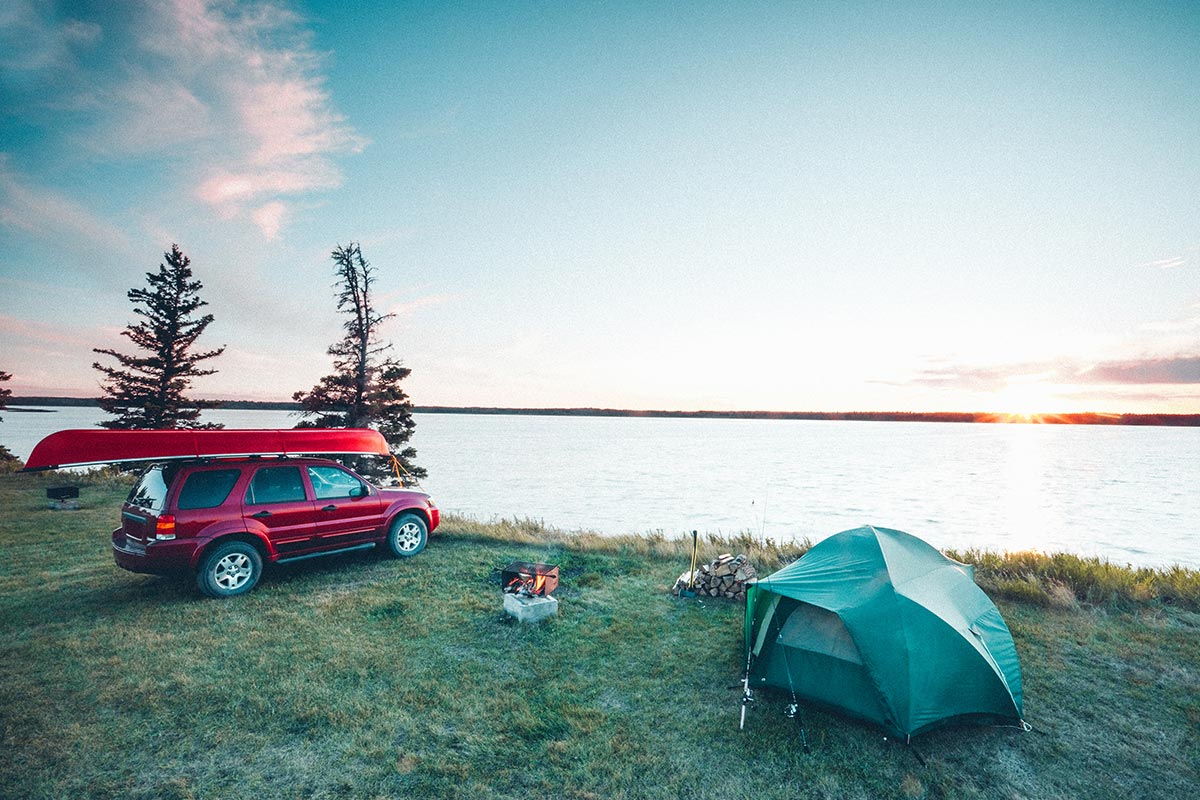
How Much Auto Insurance is Enough?
Your car insurance isn't just one thing—it's a bundle of coverages working together to protect you. Discover what types of insurance you should be considering and how much of each you need.
Insurance is about balancing risks. It’s also about making the decision to pay a little now to keep from having to pay a lot later. The decision of how much auto coverage you need begins with a few questions:
- What types of insurance are you required to have?
- How much insurance are you likely to need if you have an accident?
- How much insurance can you reasonably afford?
It’s always good to find answers to these important questions by discussing them with your independent auto insurance agent.
What’s required and what’s not?
Your car insurance is a collection of several types of coverage: Liability (for property damage and bodily injury to other people), personal injury protection (PIP) for you and your passengers, uninsured/underinsured motorist coverage, collision coverage and comprehensive coverage.
Most states require drivers to carry liability insurance, and many also mandate additional coverages like PIP, uninsured motorist or underinsured motorist coverage. While these requirements vary by state, no state currently requires drivers to carry collision or comprehensive coverage—though lenders or lease agreements often do.
Your independent insurance agent can help you understand exactly what’s required in your state and what additional coverage makes sense for your situation.
Understanding auto liability coverage
An insurance policy limit refers to the maximum amount your insurer will pay for a covered claim. Auto liability coverage is often displayed in a format like 100/300/50. Here’s what those numbers represent:
100 = up to $100,000 for bodily injuries, per person, per accident
300 = up to $300,000 total for all injuries in a single accident
50 = up to $50,000 for property damage, per accident
If you are at fault in an accident, bodily injury liability helps cover the other party’s medical expenses, lost wages and suffering. Property damage liability applies to cover the damage to the other party’s vehicles, personal belongings and public infrastructure like guardrails or fences.
Minimums just aren’t enough
Every state has minimum liability coverage requirements, but as The Wall Street Journal points out, minimum coverage may fall short, stating, “You’re on the hook when costs exceed your coverage limits.”
If you're at fault in an accident and only carry the minimum required property damage coverage, there's a good chance it won’t be enough to cover the cost of repairing or replacing another driver’s vehicle. Many vehicles on the road today are worth far more than minimum coverage limits. When damages exceed your policy, you’ll be financially responsible for the difference.
Injury-related expenses can also add up quickly—including emergency services, hospital stays, rehabilitation and follow-up care. If the injured party hires a personal injury attorney, the total cost can climb even higher.
Consider your assets
The economic impact of an accident with insufficient insurance coverage can be catastrophic. It’s not uncommon for drivers to have their wages garnished, retirement accounts plundered and home equity taken. Auto accidents can lead to the loss of a home or even financial ruin. But with adequate insurance coverage, these devastating outcomes can often be avoided.
Reasonable minimums
Most experienced auto insurance agents recommend carrying a policy at least $100,000 per person and $300,000 per accident. In addition, the usual suggestion is for drivers to carry at least $100,000 for property damage. The 100/300/100 standard is generally acknowledged within the insurance industry as the real-world minimum—regardless of your state’s minimum requirements.
Some individuals choose not to carry that level of coverage, which is their personal decision. However, many insurance agents are hesitant to write a policy for less, knowing it could leave clients financially vulnerable and inadequately protected.
Your best bet is to have your independent agent provide multiple quotes in multiple ranges from several different insurance companies. You may be surprised by how affordable higher levels of coverage can be. And most importantly, these decisions are best made before an accident occurs—when you still have the power to protect yourself. Instead of in the aftermath of an accident. After an accident, people rarely regret having ample insurance coverage—it’s the peace of mind they’re thankful for.
Don’t just assume you have the right coverage for your vehicles. Contact Mountain America Insurance Services and let us show you all your options. We want to help keep you and your family safe.
Related Articles

